
Sea Otter report.
By Teslin M Ruge.
9/10/07
Sea Otter: Enhydra lutris
Habitat: Kelp beds
Diet: Sea Urchins, Crabs, Abalones and other shellfish, Fish, Small Octopuses, and a variety of other things.
Size: Up to five feet long, including a foot long tail. Weighs up to 100 Lbs.
Distribution: costal waters of California, Western Alaska, the Commander and Kurile Island, north of Japan.
Sea otters are very interesting marine mammals. The mustelidea family, including badgers, minks, weasels, martins, skunks, and sea otters are all warm blooded. They are mammals, just like you and me. Sea otter babies are born alive after 8 to 9 months of pregnancy. The mother feeds the baby her own milk every 3 hours. Sea otters only have one baby at a time because the pup needs so much attention. Very few mothers are as devoted and loving to their pups as sea otters. The pups are practically helpless at birth, so they need a good mother to take care of them. The pups can barely swim at birth. They can’t feed themselves either. For the first month of its life, the sea otter pup rests on its mother’s belly while she feeds, grooms, and cuddles it. Until the pup is about 6 months old, the mother never leaves the pup except to get food.
Sea otters are social animals. They feed themselves but they often gather in groups called rafts to rest in their favorite kelp bed to prevent drifting. Sea otters are the only otters that do this. Mothers and pups and other females usually float in separate rafts than the males. Most rafts are about 50 to 100 sea otters. The largest raft of sea otters ever seen was in Alaska. It had more than 2000 members!
Sea otters spend as much time feeding in the night as they do in the day. Sea otters sleep with their forepaws tucked under their chin, over their eyes. They usually take catnaps. If they are not sleeping, they are usually playing or diving for food.
When escaping from danger, the sea otter mother tucks the baby under her forelegs and dives under the water. If the pup is too large to tuck under her foreleg, the mother gently gets the pup’s loose skin in her mouth and pulls it under with her. This does not hurt the pup at all since it has so much fur. Pups are not strong enough to dive under water until they are 2 to 3 months old.
Sea otters have 3 enemies: bald eagles, sharks, and killer whales (orcas). To feed their young, bald eagles try to get young sea otter pups because they are easy prey when their mother is diving for food.
The sea otter fur is very thick. If you compared sea otter fur with dog fur, you would find a big difference. German Shepherds have about 40,000 hairs per square inch, but sea otters have about 1,000,000 hairs per square inch. That’s a lot of hair to groom, but they can trap air bubbles between their two layers of fur. Their two layers of hair help keep them warm. The first layer is the thick undercoat, the second layer is the long guard hairs. Sea otters have the thickest fur of all the ocean mammals.
Sea Otters have a small round head. They can close their nostrils and ears underwater so that the water does not get in to them. Sea Otters can see underwater as well as they can above the water.
Sea otters communicate in several different ways…. A baby might cry when left alone. The cry sounds like a shrill “wee”. Sea Otters will whistle or whine when they are upset or frustrated. The otters will hold up their front paws and hiss to say “back off”. If the thing comes closer they will dive under water to safety. The mothers will “coo” to the babies as she grooms her own baby. Babies will also cling to the closest otter if it is afraid. If you ever see an otter moving its head side to side, that means” hello”. When they are happy they will grunt, most often when enjoying a good snack.
Sea otters eat a lot each day. They have to eat 25% of their body weight each day to keep warm. They have to do this because they live in very cold water and they have to get a lot of fat on them to stay warm. Sea otters eat a variety of foods. Some of these foods include clams, snails, abalone, crabs, starfish, mussels, scallops, squid, chitins, small octopus, sea urchins, prawns, sea cucumbers, lipids, marine worms, several types of small fish, and a variety of other things. They use rocks from the bottom to crack open hard shells and eat the meat inside. They also use their stomachs as a table. They use loose flaps of their skin as bags to carry up food from the bottom. To eat starfish, sea otters bite off the end of their legs and suck out the soft parts.
Sea otters were once thought extinct, but they have had a healthy recovery since then. They now live in the Kurile Islands, Kamchataka Bay, the Commander Islands, the Elutian Islands, British Columbia, Vancouver Island, and Pt. Sur, California.
I chose to study sea otters, Enhydra lutris, because when I first saw one, I fell in love with them. They are so cute. I got some of this information about them from the Internet, and also a Zoobook about Sea otters. I had a lot of fun doing this report and hope people have fun reading it.
Teslin Marie Ruge
Age 10
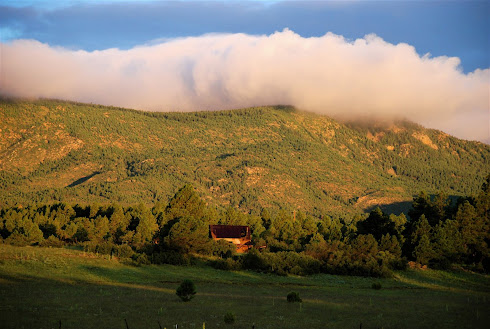

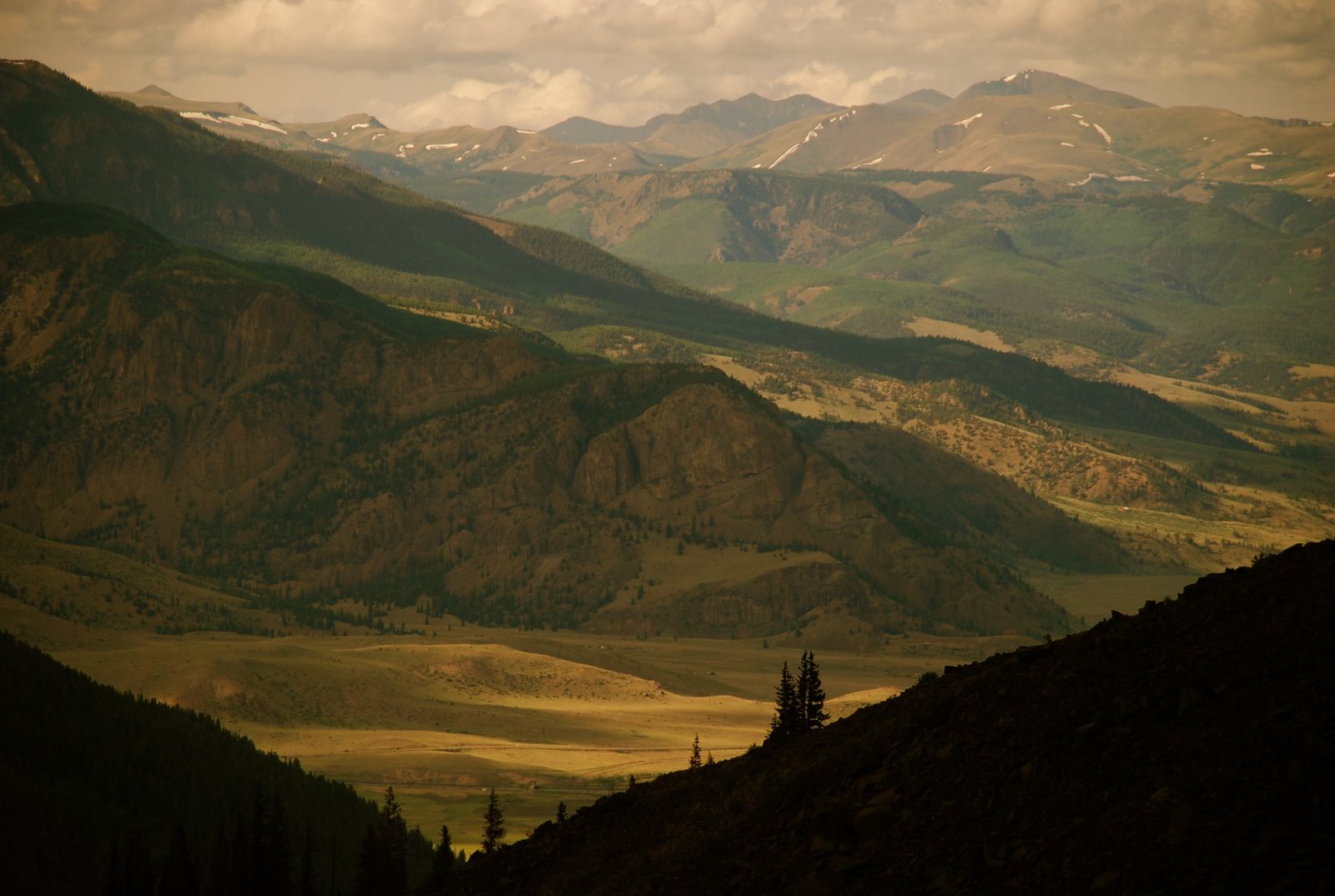




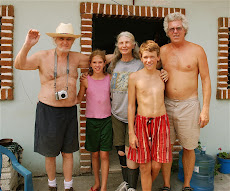

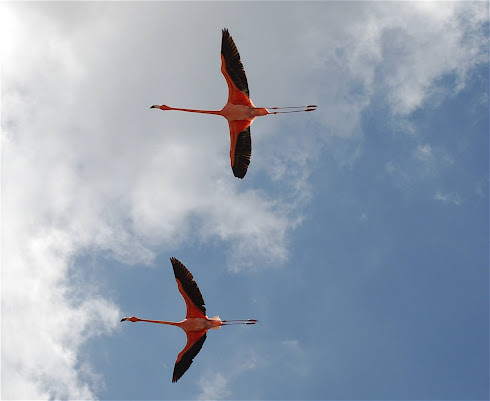
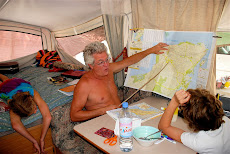


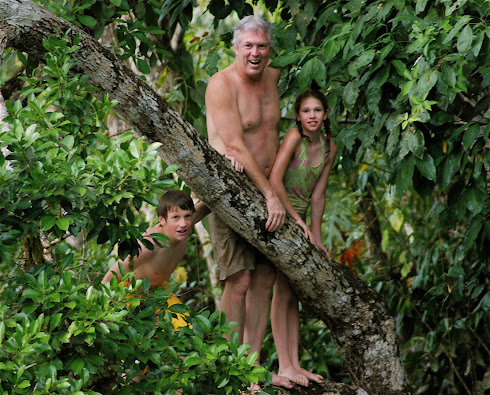

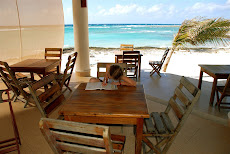


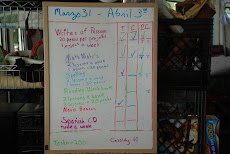



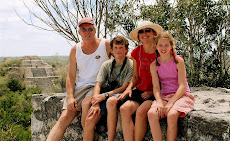

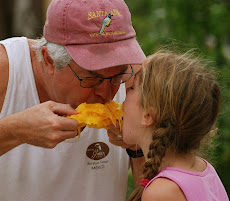

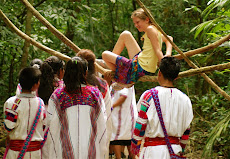


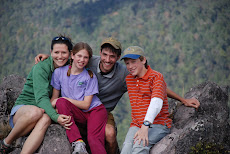

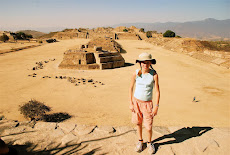



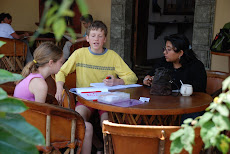
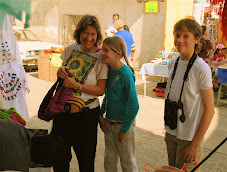





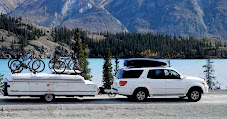

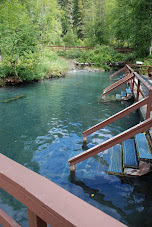

1 comment:
Hello all you Ruges. To Teslin- I like the sea otter report. It taught me a lot and now I want to see more of them up close. It is interesting to know how many hairs are on a dog or a sea otter per square inch.
I wish I was with you!
Rachael Bosley
Post a Comment